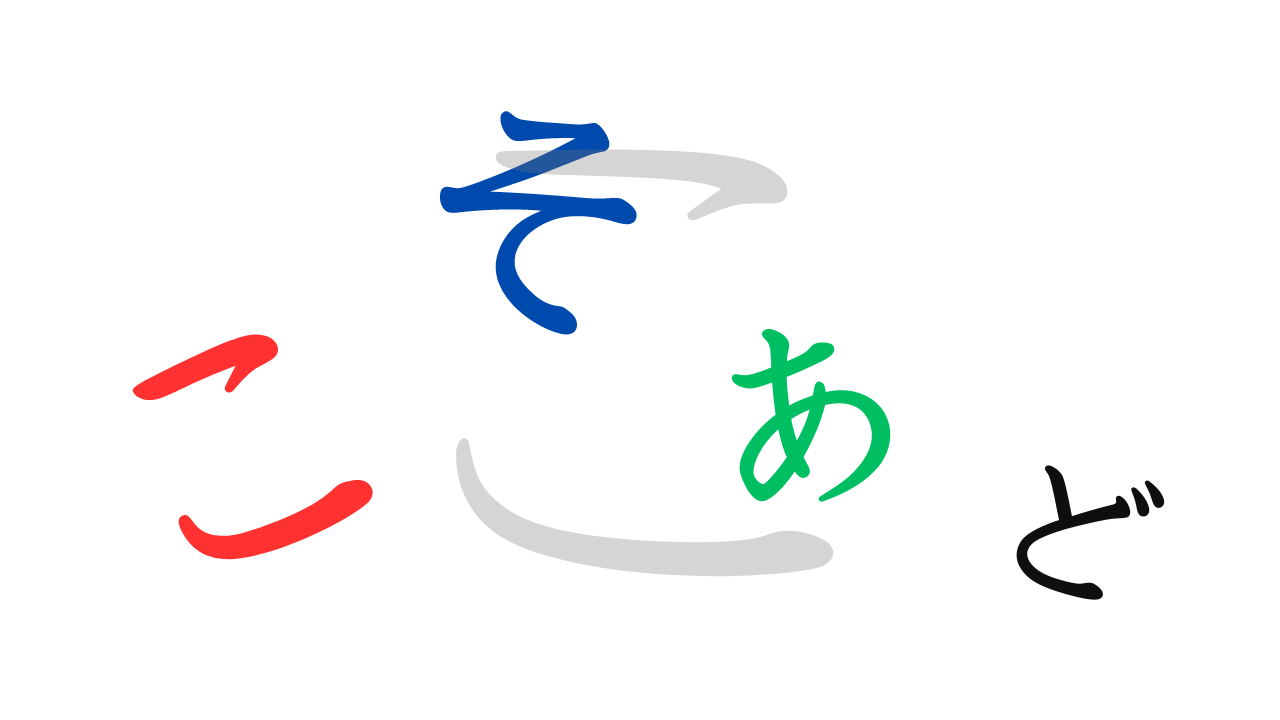
Introduction
Understanding the words “ここ” (koko), “そこ” (soko), “あそこ” (asoko), and “どこ” (doko) is crucial for Japanese learners. These terms help you talk about locations relative to the speaker and listener. In this guide, we’ll break down each word and show you how to use them effectively.
What It Means
- ここ (koko): “here” – refers to a place near the speaker.
- そこ (soko): “there” – points to a place near the listener.
- あそこ (asoko): “over there” – indicates a place that is neither close to the speaker nor the listener.
- どこ (doko): “where” – used to inquire about the location of something.
When You Use It
Use these words when you need to refer to different locations during conversation, especially when giving or asking for directions, or discussing locations of objects and places in relation to you and others.
Examples
- Asking for directions:
- すみません。ぎんこうはどこですか。
(Sumimasen. Ginkou wa doko desu ka.)
Excuse me. Where is the bank?
- すみません。ぎんこうはどこですか。
- Pointing out a location:
- あそこです。
(Asoko desu.)
It’s over there.
- あそこです。

Note
“ここ” (koko), “そこ” (soko), “あそこ” (asoko), and “どこ” (doko) are demonstrative adverbs in Japanese, crucial for indicating locations without naming them clearly. These words reflect the relative positions to the speaker and listener, making the choice of words essential for precise communication.
Conclusion
Mastering the use of “ここ,” “そこ,” “あそこ,” and “どこ” enhances your ability to communicate effectively about locations in Japanese. By understanding and using these terms accurately, you’ll find navigating conversations about directions and places becomes much easier.



